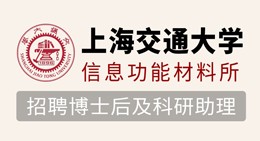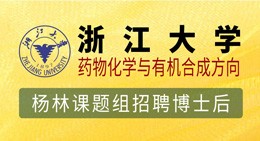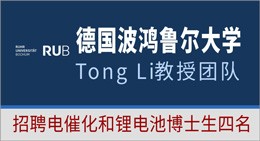Sports Medicine ( IF 9.3 ) Pub Date : 2024-09-14 , DOI: 10.1007/s40279-024-02103-3
Guangze Zhang 1, 2 , Michel Brink 2 , Karen Aus der Fünten 1 , Tobias Tröß 1, 3 , Peter Willeit 4, 5 , Tim Meyer 1 , Koen Lemmink 2 , Anne Hecksteden 1, 6, 7

|
Background
Injury risk in professional football (soccer) is increased in the weeks following return-to-play (RTP). However, the time course of injury risk after RTP (the hazard curve) as well as its influencing factors are largely unknown. This knowledge gap, which is arguably due to the volatility of instantaneous risk when calculated for short time intervals, impedes on informed RTP decision making and post-RTP player management.
Objectives
This study aimed to characterize the hazard curve for non-contact time-loss injuries after RTP in male professional football and to investigate the influence of the severity of the index injury and playing position.
Methods
Media-based injury records from the first German football league were collected over four seasons as previously published. Time-to-event analysis was employed for non-contact time-loss injury after RTP. The Kaplan–Meier survival function was used to calculate the cumulative hazard function, from which the continuous hazard function was retrieved by derivation.
Results
There were 1623 observed and 1520 censored events from 646 players analyzed. The overall shape of the hazard curve was compatible with an exponential decline of injury risk, from an approximately two-fold level shortly after RTP towards baseline, with a half-time of about 4 weeks. Interestingly, the peak of the hazard curve was slightly delayed for moderate and more clearly for severe index injuries.
Conclusions
The time course of injury risk after RTP (the hazard curve) can be characterized based on the Kaplan–Meier model. The shape of the hazard curve and its influencing factors are of practical as well as methodological relevance and warrant further investigation.
中文翻译:

职业足球 (Soccer) 重返赛场后受伤风险的时间进程
背景
职业橄榄球 (soccer) 的受伤风险在重返赛场 (RTP) 后的几周内增加。然而,RTP 后损伤风险的时间进程 (风险曲线) 及其影响因素在很大程度上是未知的。这种知识差距可以说是由于在短时间间隔计算时瞬时风险的波动性,阻碍了明智的 RTP 决策和 RTP 后的玩家管理。
目标
本研究旨在描述男子职业足球 RTP 后非接触性时间损失损伤的危险曲线,并探讨指数损伤严重程度和比赛位置的影响。
方法
正如之前公布的那样,第一届德国足球联赛的基于媒体的伤病记录是在四个赛季中收集的。对 RTP 后的非接触性时间损失损伤采用事件发生时间分析。采用 Kaplan-Meier 生存函数计算累积风险函数,通过推导从中检索连续风险函数。
结果
分析了来自 1623 名玩家的 1520 个观察事件和 646 个删失事件。风险曲线的总体形状与受伤风险的指数下降相兼容,从 RTP 后不久到基线的大约两倍水平,半衰期约为 4 周。有趣的是,中度损伤的风险曲线峰值略有延迟,而重度指数损伤的风险曲线峰值则更明显。
结论
RTP 后受伤风险的时间过程 (风险曲线) 可以根据 Kaplan-Meier 模型进行表征。风险曲线的形状及其影响因素具有实际和方法相关性,值得进一步研究。







































 京公网安备 11010802027423号
京公网安备 11010802027423号